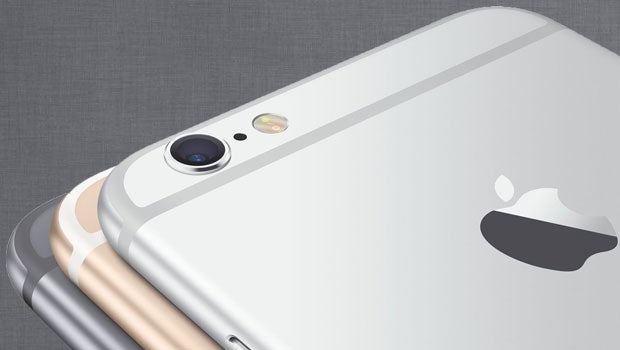Apple considers dual-camera set-up for future iPhone

Apple is known for its high-quality iPhone cameras, but that doesn’t mean it should stop improving the tech.
Fortunately, a new patent application reveals that the Cupertino-based company is still trying to get ahead of the mobile photography game.
Filed with the US Patent and Trademark Office, the patent (via AppleInsider) describes a dual-camera set-up on a mobile device.
This wouldn’t be the first time we’ve seen dual-sensors on a smartphone; HTC famously incorporated two cameras onto the One M8.
Apple’s new tech is described as a ‘small form factor telephoto camera’, which would sit alongside the normal camera.
Smartphone form factors are limiting in terms of the amount of camera technology you can stuff inside a device, so having two cameras will be an assured boon to mobile snappers.
The patent details (at great length) track length, focal length, TTL/f, aperture light entry; everything except an indication as to when we may see the technology.
Related: iPhone 6 vs iPhone 6 Plus
The good news is that this patent was first filed back in October 2013, which means Apple may have had enough time to develop the technology ahead of the next iPhone release.
We’re expecting the iPhone 6S to launch in Q3 this year. It will likely be an iterative update, so improved camera technology certainly fits the bill in terms of new features.
Unfortunately, there’s no way of telling whether Apple will ever incorporate this technology into an actual product. Fingers crossed, eh?


